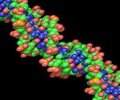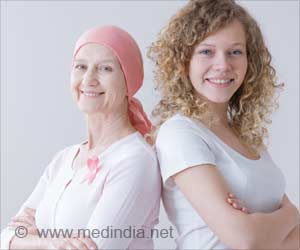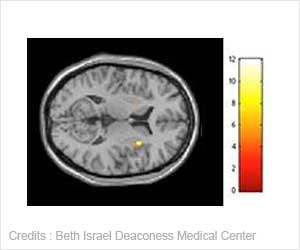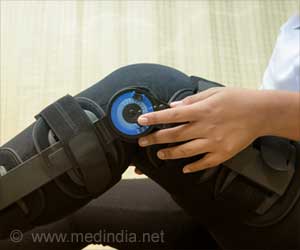By enabling freeze-storage egg-banking, the rapid freezing technique of vitrification is set to revolutionise egg donation as a fertility treatment.
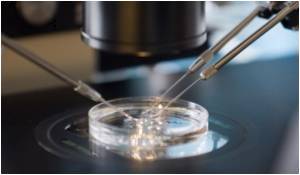
There is now increasing evidence that egg banking with vitrification is a viable process in egg banking programmes. However, little is known about success rates and how many vitrified eggs a recipient will need to maximise her chance of pregnancy - questions which are now answered in a study reported at the Annual Meeting of ESHRE in Munich by Dr Ana Cobo of the Valencia Infertility Institute (IVI) in Valencia, Spain, one of the few clinics worldwide to have introduced an egg banking programme for its egg donation and fertility preservation patients.
The study took as its endpoint "cumulative live birth rate", which Dr Cobo described as a "pragmatic" measure of success and one which most closely reflects the aims and experience of everyday patients.(1) The study analysed the experience of more than 3400 patients using an egg bank for egg donation treatment (and more than 40,000 vitrified oocytes) and found that cumulative live birth rates (CLBR) were high and increased progressively according to the number of eggs used in the treatments, and then reached a plateau.
Thus, CLBR was found to be 39.4% when a total of ten vitrified eggs were used in the treatments, and 75.9% when a total of 20 eggs were used. But this rapid rate of increase slowed when 30 eggs were used, to 88.7%, and thereafter reached a peak with the use of 40 vitrified eggs at 97.3%.
These results, said Dr Cobo, provide the first pragmatic indication of how eggs, their donors and those receiving them as patients might be managed in a freeze-storage egg bank, and the first evidence that the probability of having a baby increases progressively according to the number of oocytes consumed. This increase is rapid until oocyte numbers reach 10-12, and slower from the 20th onwards, reaching a plateau close to 100% when 40 vitrified oocytes have been used.
The findings, she added, also give some indication to those freezing eggs for fertility preservation just how many eggs might be needed from IVF and egg collection to maximise the chance of future delivery.
The advantage of freeze-storage, she added, "is that the whole procedure is more efficient", as no synchronisation between donor and recipient is required. "In addition," she said, "there is the possibility of having a greater availability of stored oocytes from donors tested for a genetic condition or rare blood type, and, most importantly, the donation would be safer because of the quarantine period."
Source-Eurekalert
 MEDINDIA
MEDINDIA


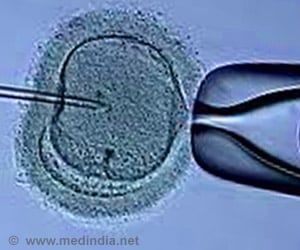
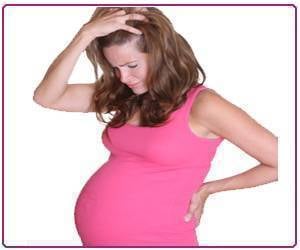
 Email
Email

